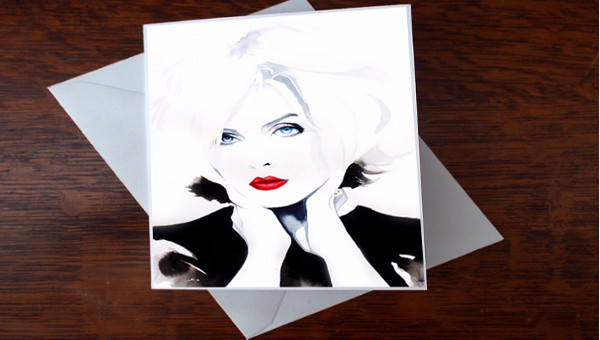24+ Illustration Design Examples to Download
In our lives, we might have encountered a few works of art and fell in love with them. Now, I’m sure you’re here either because you are a great fan of illustrations, or you want to know more about them, or you just came across this site and this article piqued your interest. Either way, this article is guaranteed to be loaded, not just with examples of illustrations but also with great works of art.
Illustrations are, simply speaking, visual and vivid manifestations of texts, ideas, or concepts designed by illustrators either for decoration, publication, or simply for personal leisure. Every illustration presents its own meaning and gives its viewers the chance to interpret the illustration on their own.
Fashion Illustrations
Fashion Photography Illustration
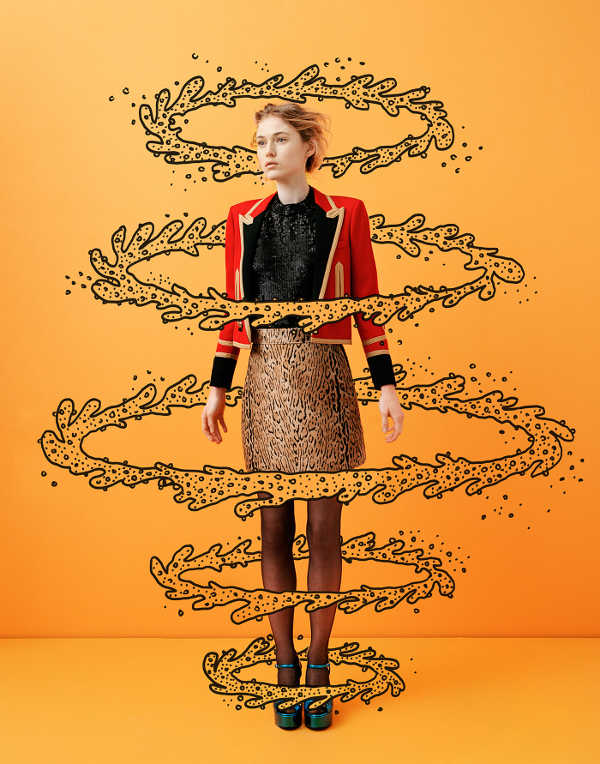
Geometric Illustrations
Geometric Pattern Illustration
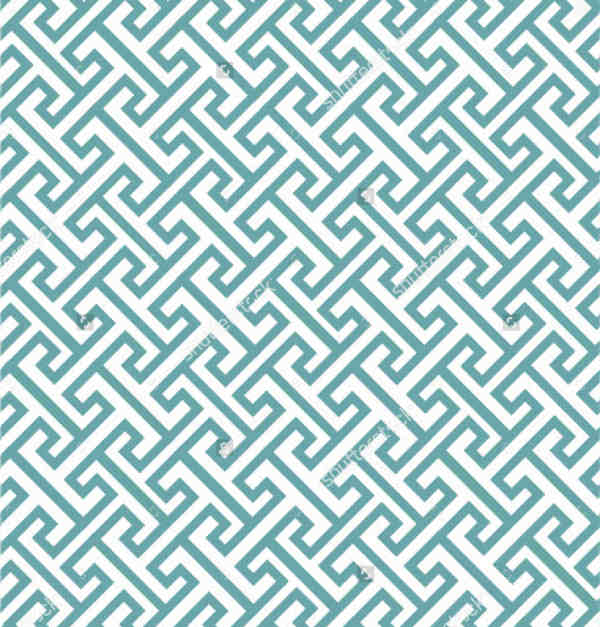
Geometric Animal Illustration
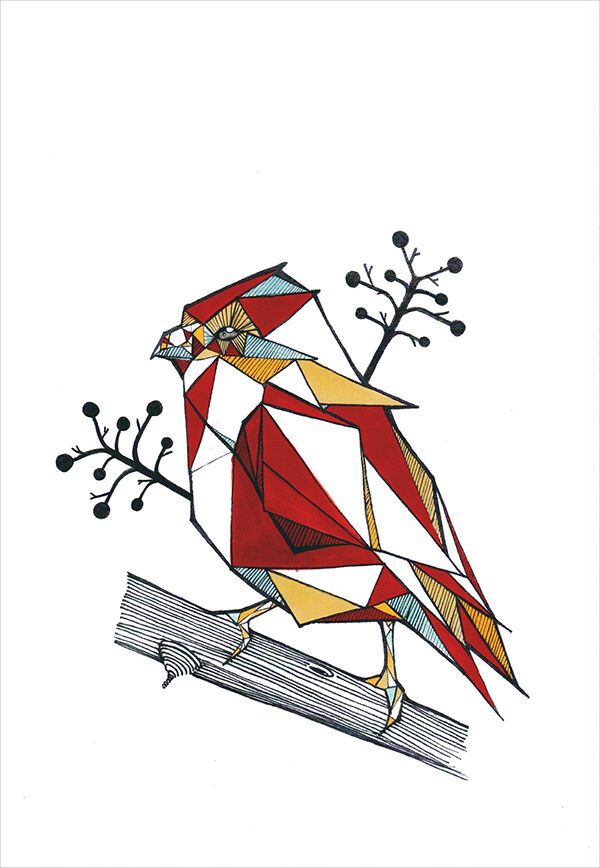
Art Illustrations
Paper Art Illustration

Fashion Art Illustration
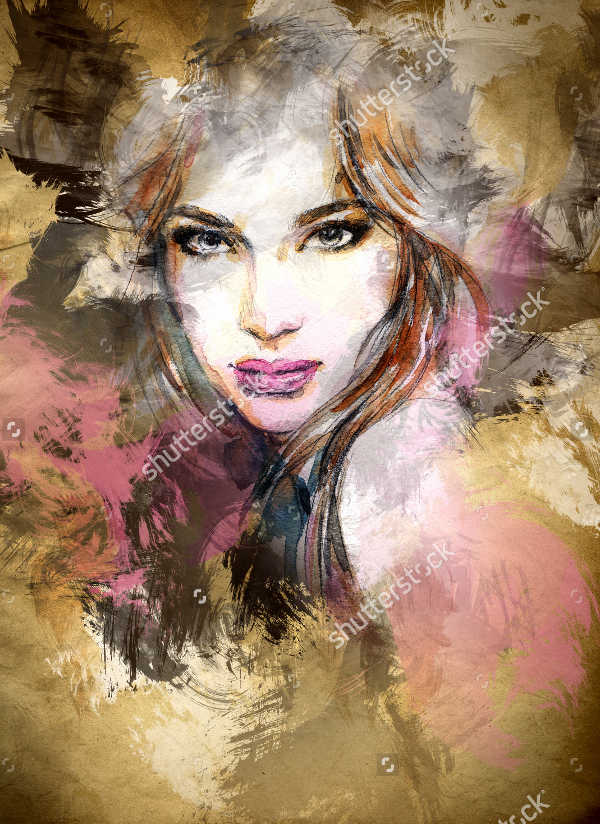
Modern Art Illustration
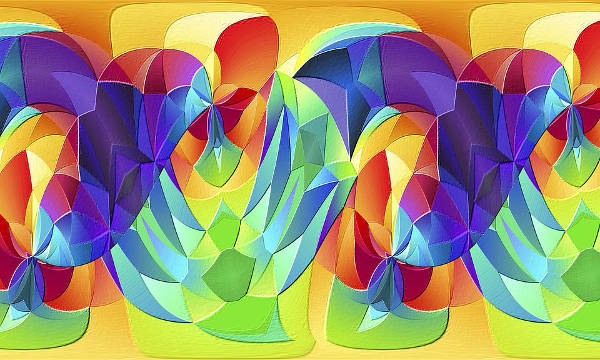
Graphic Illustrations
Portrait Graphic Illustration
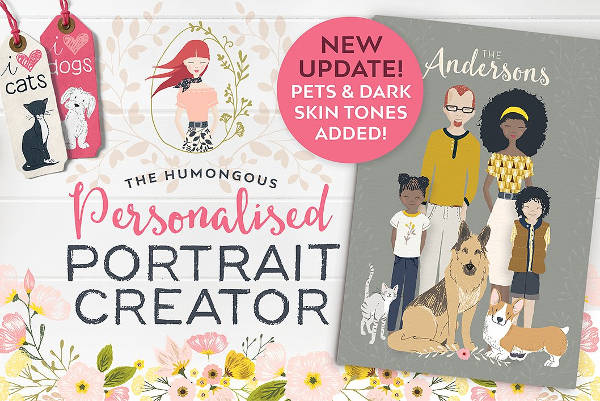
Graphic Novel Illustration

Graphic Art Illustration Drawing
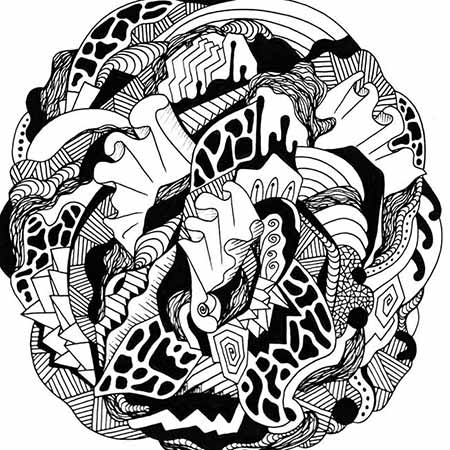
The Illustration of Humanity and Everyday Life
As we all know, before photographs were invented, people widely used illustrations to visually represent concepts and ideas. Illustrations played a huge part in history as they were seen in caves in vivid drawings and paintings containing detailed events of human lives back then.
Illustrations are thus considered as the first records of human activity. Even before humans learned writing, they have learned illustrating their surroundings and life events.
Illustration is one of the earliest forms of human communication.
Even today, illustrations play a major role in our day to day lives. As we can observe, children learn easily when texts are incorporated with illustrations of any kind. Even adults like looking at illustrations while reading texts because, honestly, illustrations make long texts bearable. Illustrations help us visualize ideas, concepts, or texts more clearly and more easily.
There are considerably many types of illustrations, a lot of different methods and skills to create them, and various illustrators who made a big impact in the world of arts and crafts. And whether or not you are an art enthusiast, I’m sure you will find the examples of illustration found in this article worth your time.
What Is an Illustration Design?
An illustration design is a design intended to represent certain topics or subjects. It represents a specific topic or idea and they may usually support texts in books, newspapers, magazine and other print materials in order to convey the information better.
Usually, an illustration design is created for publication purposes and may also be considered as an advertisement or a commercial of different industries (e.g. business, education, etc). They usually present an illustration which radiates character and personality and, depending on the illustrator, may contain a little humor.
Photo Illustration
Wedding Photo Illustration
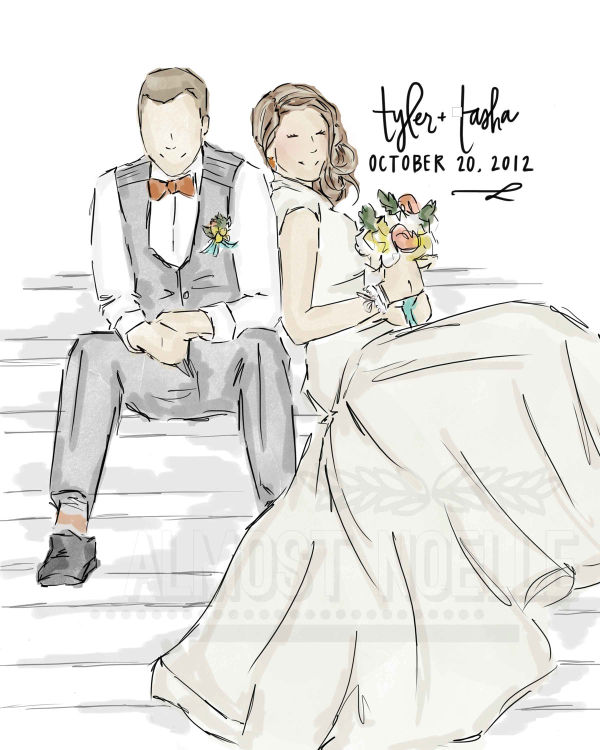
Portrait Illustrations
Self Portrait Illustration
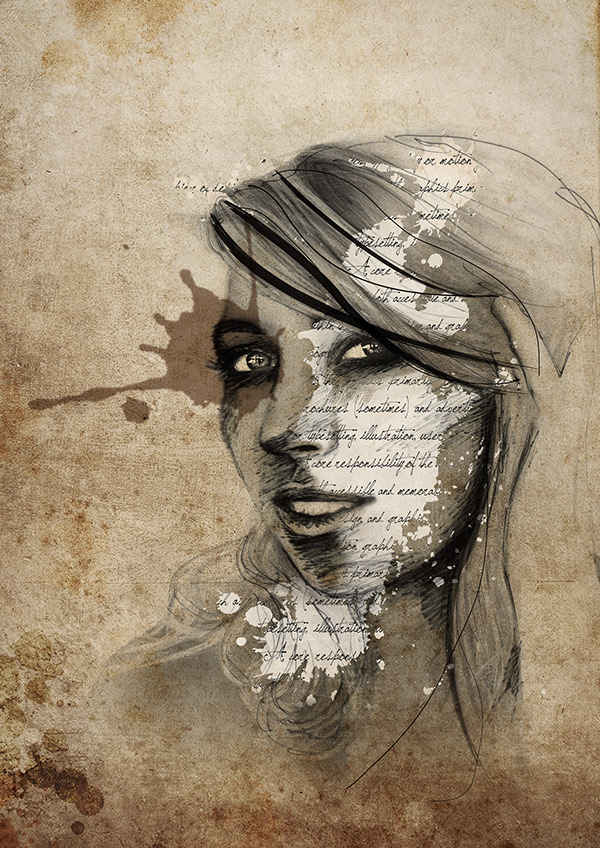
Typographic Portrait Illustration

Tree Illustrations
Family Tree Illustration
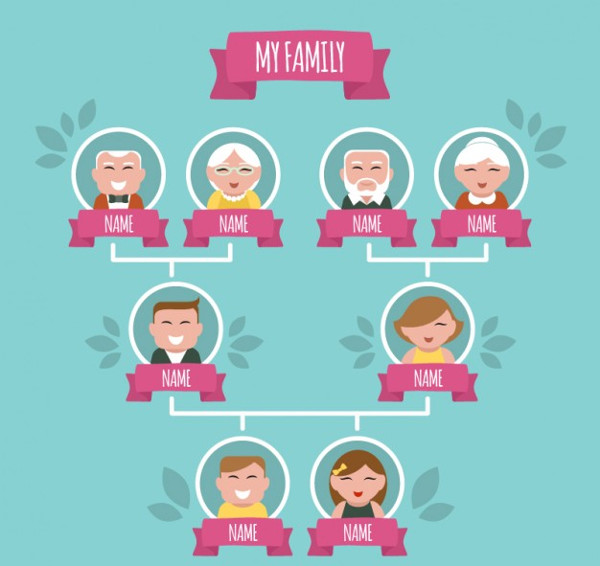
Tree Illustration
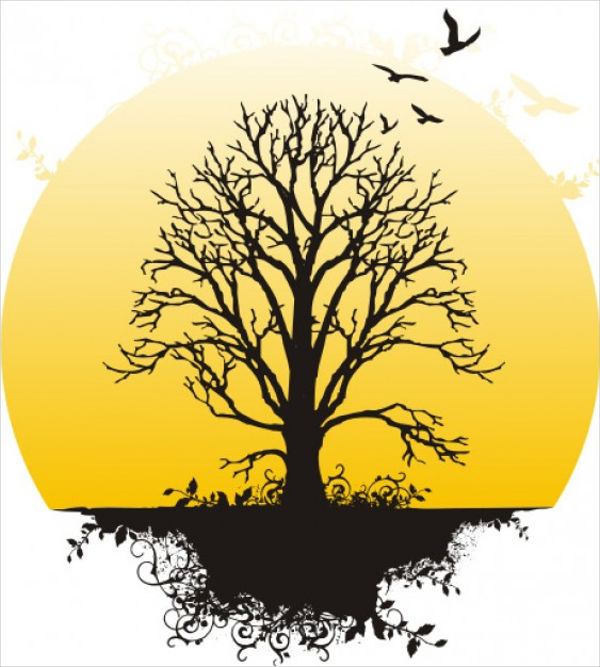
Tree House Illustration
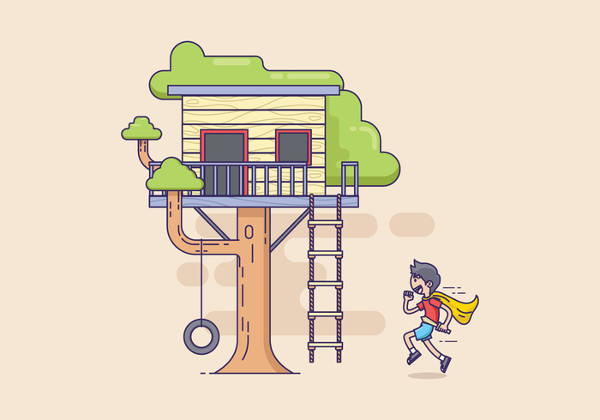
Nature Illustrations
Nature Drawing Illustration

Nature Art Illustration
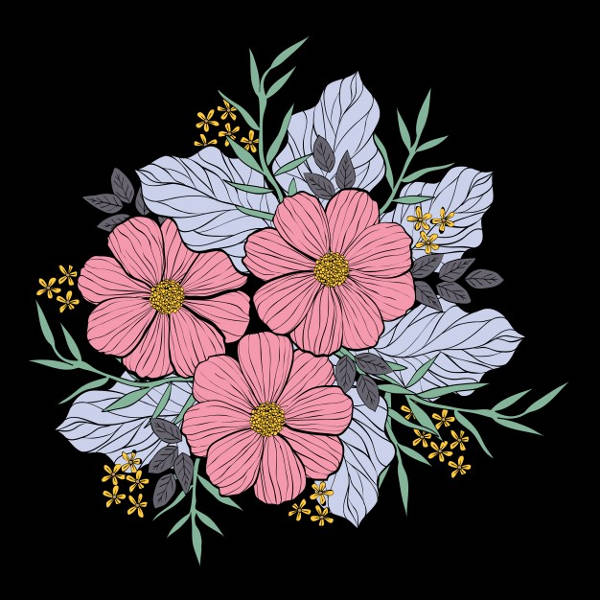
Vintage Nature Illustration
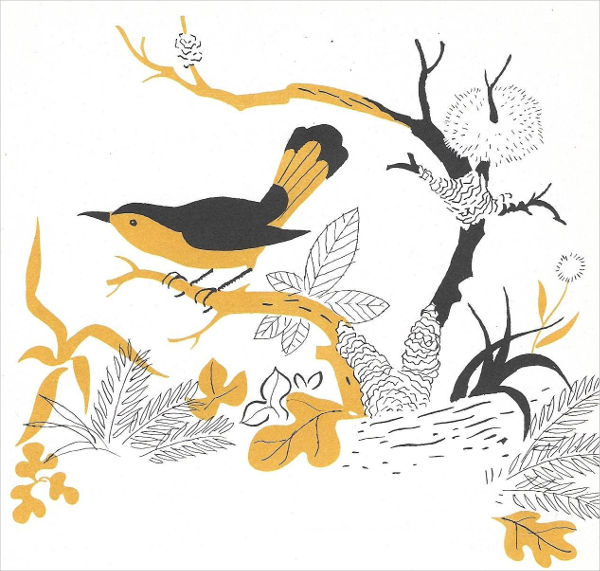
Book Illustrations
Picture Book Illustration
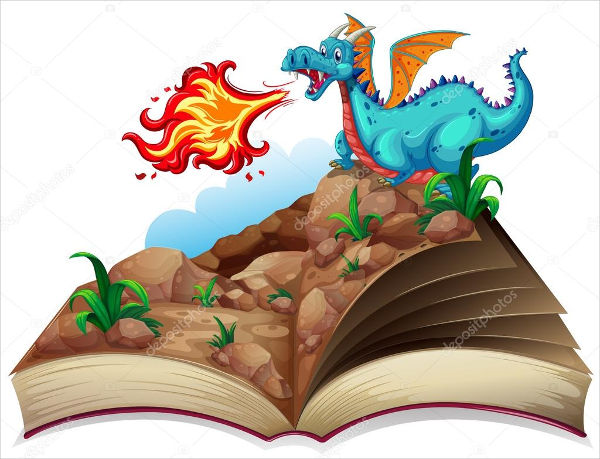
Recipe Book Illustration
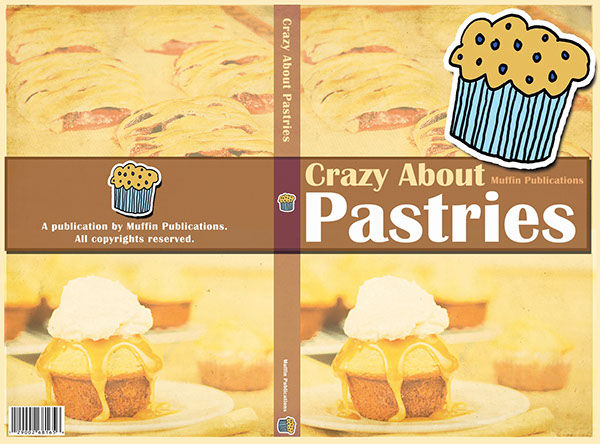
Traditional Illustration Techniques
As mentioned earlier, illustrations existed as early as the stone age. Illustration, like other things in this world, evolved along with the evolution of the human civilization. You may be interested in knowing some of the popular techniques used by the people since then. Let’s take a look at a few traditional techniques which you may be a bit familiar with:
- Woodcutting. This is one of the earliest techniques used in illustrating images. In the ancient times, the illustrator carves the image into a block of wood using a sharp object. This technique became widely used after the printing press was invented.
- Charcoal rendering. This is basically like pencil drawing but with the use of charcoal. Most illustrators find it easy to create shadows and other effects in the illustration using charcoal. Some illustrators consider this easier than using pencil since they observed that charcoal is versatile enough to be light and dark whenever the artist wants it to while at the same time creating the effects they want.
- Pencil drawing. Pencil illustrations are one of the most commonly used technique in illustration. This technique, though traditional, is still widely used today.
- Lithography. This term is derived from the Ancient Greek lithos, meaning “stone”, and graphein, meaning “to write”. This technique is a method of printing using oil, or wax with the printing being embedded with a smooth stone or metal which became popular in the 1960’s.
- Watercolor painting. As the name suggests, watercolor painting uses pigments of color usually mixed with water. This is most commonly applied to paper but can also be applied to a lot of media including canvass, fabric, leather, and plastics among others.
- Collage making. Derived from the french word coller which means “to glue” is a technique which includes assembling materials (usually paper) to create an image.
Vintage Illustrations
Vintage Flower Illustration
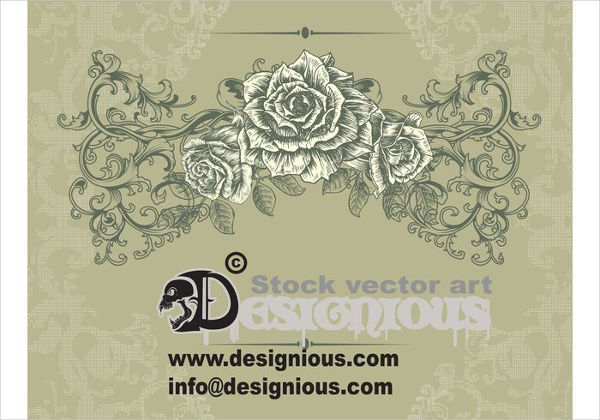
Vintage Book Illustration
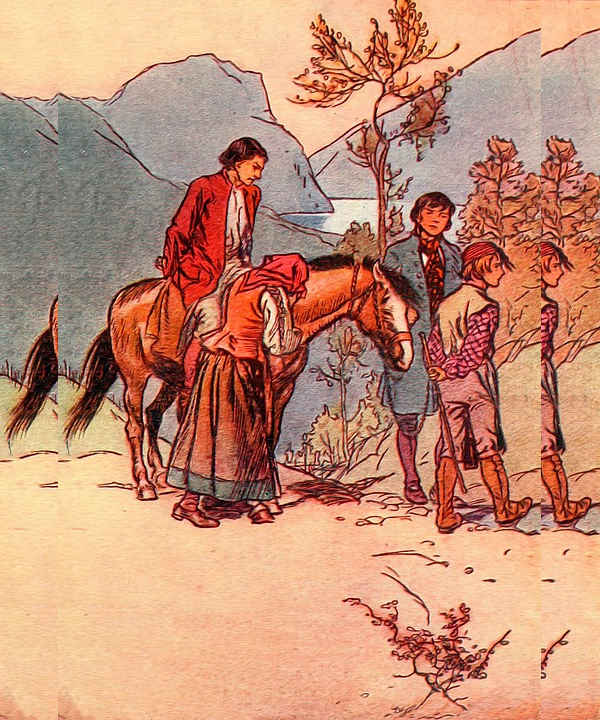
Vintage Medical Illustration
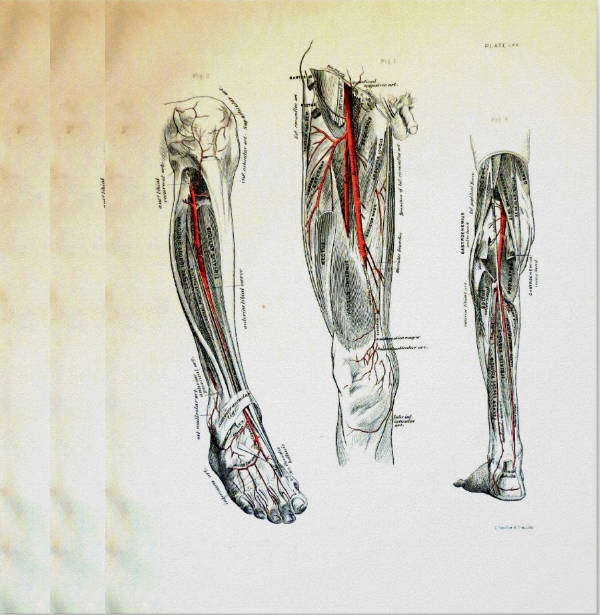
Landscape Illustrations
Mountain Landscape Illustration
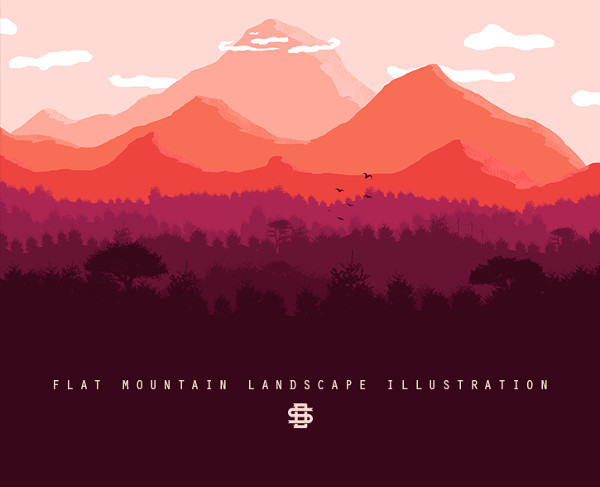
Landscape Painting
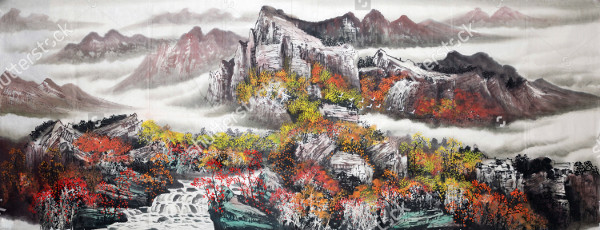
Landscape Graphic Illustration

Banner Illustrations
Flying Banner Illustration
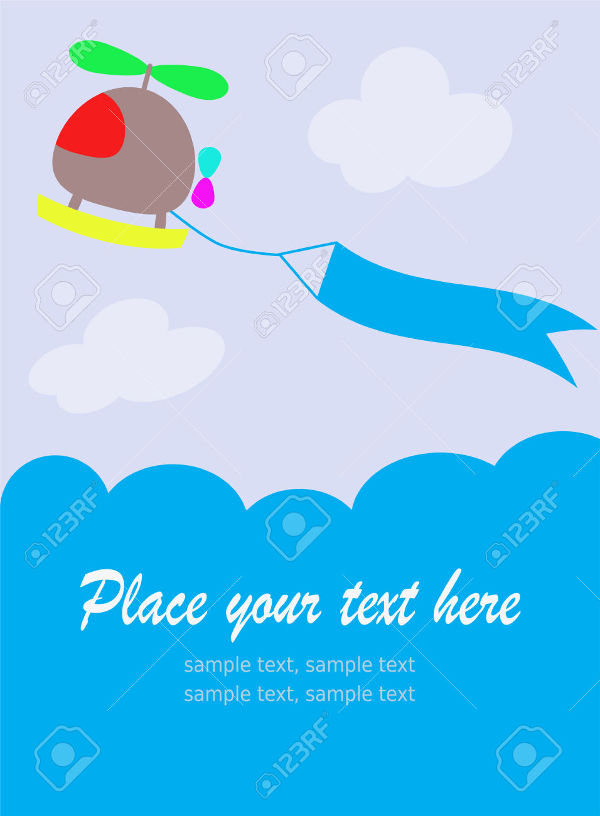
Scroll Banner Illustration
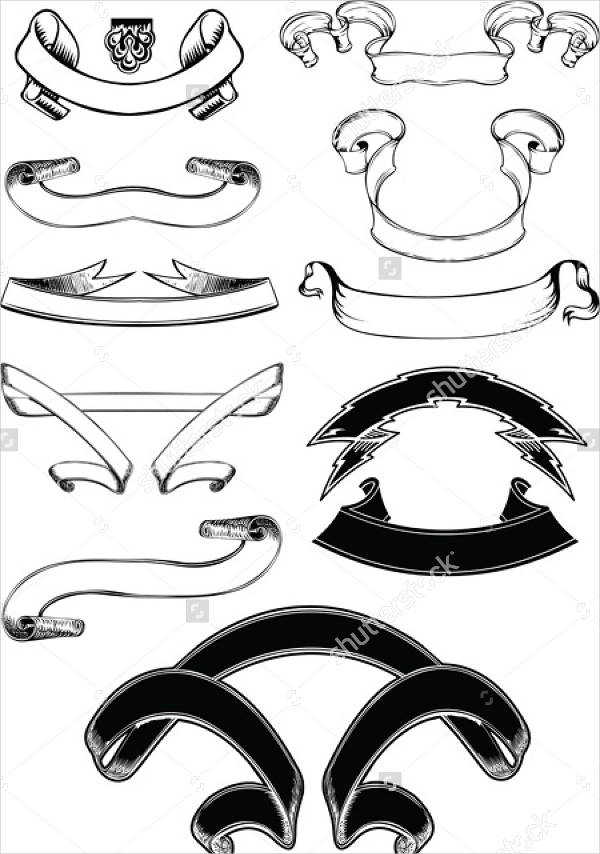
Vintage Banner Illustration
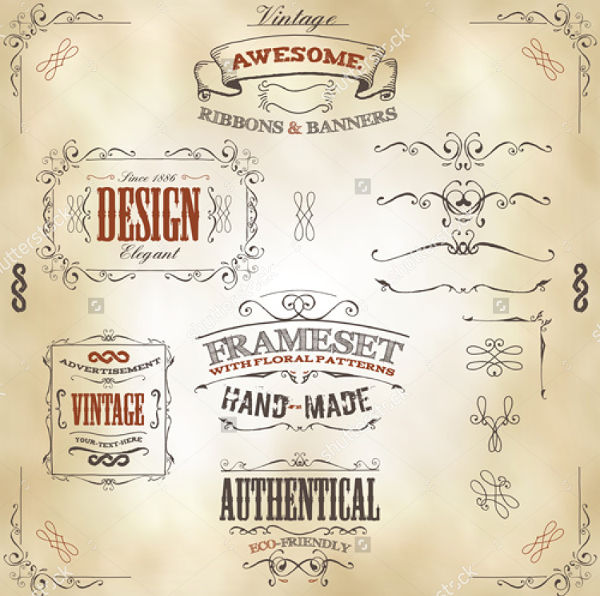
Minimalist Illustrations
Portrait Minimalist Illustration
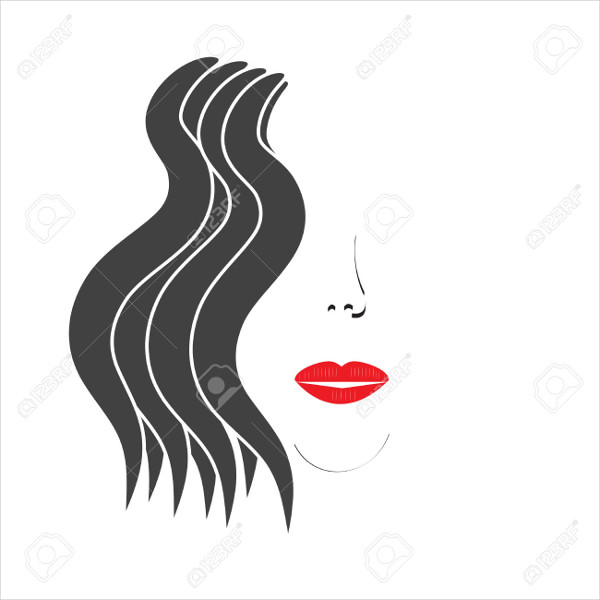
Minimalist Landscape Illustration

Music Illustrations
Music Notes Illustration

Music Instruments Illustration
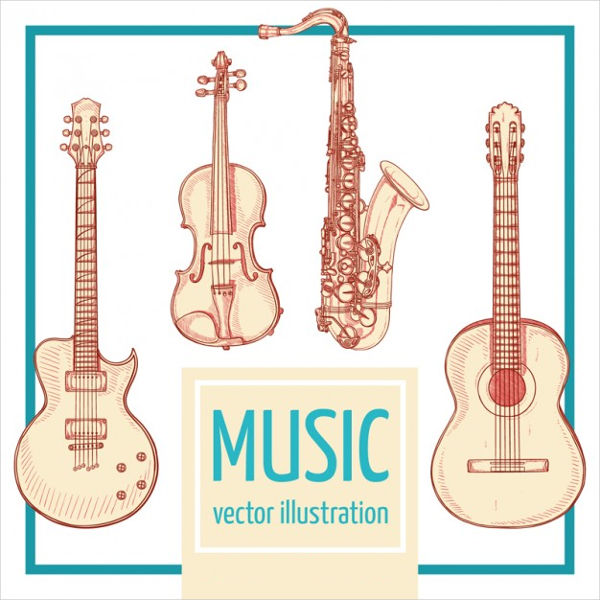
Creating Your Own Illustrations
Every illustration has its own identity, but it also carries the identity of its illustrator. Every illustrator gives life to the variety of ideas. You may want to start creating an illustration of your own so here’s a few things to keep in mind beforehand:
- Be creative. Wake the artistic soul in you. As an aspiring illustrator, you have to create a creative world wherein you can store all your ideas. Create a colorful world of illustrations you want to illustrate. Generate ideas. After doing so, bring them to life. It may be a bit difficult since you’re still beginning to learn, but believe me, you will soon get the hang of it.
- Have an open mind and heart. Having an open mind lets ideas flow out freely, having an open heart adds feelings and emotions to your illustration, and having both lets creativity flow freely. Aside from that, you will learn to accept constructive criticisms from people around you and learn from them as you go.
- Find a role model. You might want to find someone to look up to. So find some good illustrators out there, idolize them, admire their illustrations and make them your inspiration in achieving what you want.
- Find your own style. Every illustration is unique on its own, so is every illustrator. So find a style that fits your personality and stick with that style. That will become yours and your illustrations’ identity.
- Let everything fall into its rightful place. You might think the path is too difficult for you to take and you might already be thinking of quitting, but everything that’s hard is worth having. So if you think you’ve tried hard enough, or you have had enough, try harder. You’ll get nowhere if you stop now. Don’t worry, everyone improves with practice.


